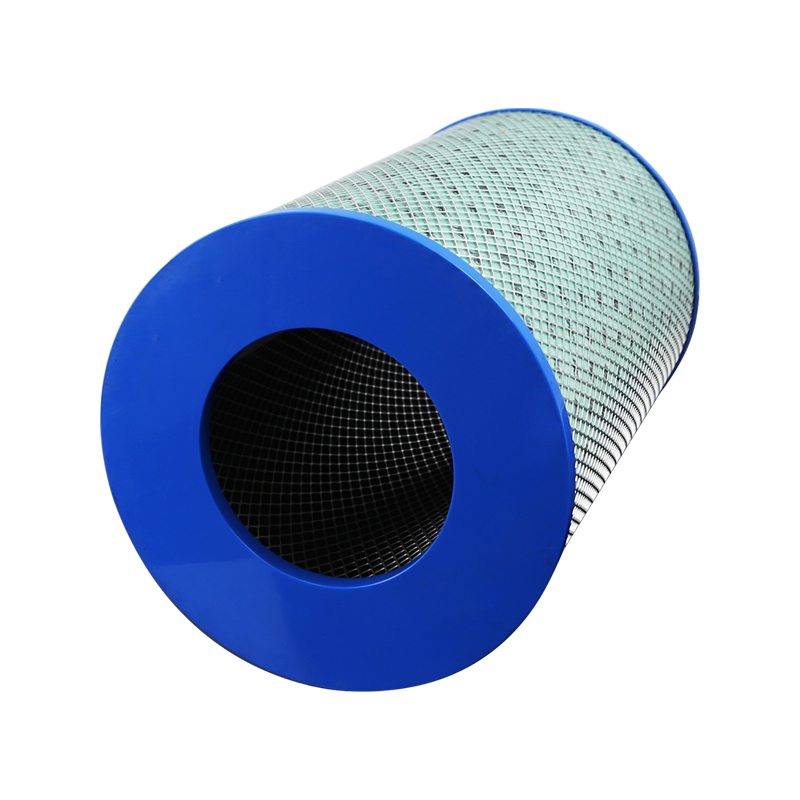From solutions to productions, we’re specialized in making the products you need.
News categories
Product categories
How can consumers verify the quality and effectiveness of ammonia air filters?
Consumers can verify the quality and effectiveness of ammonia air filters through several methods that involve checking certifications, understanding product specifications, reviewing test results, and considering customer feedback. Here are some key ways to ensure the ammonia air filter meets high standards of quality and effectiveness:
Look for Certifications and Standards:Industry Certifications: Check if the ammonia air filter is certified by recognized industry organizations such as HEPA (High-Efficiency Particulate Air), ISO (International Organization for Standardization), or ANSI (American National Standards Institute). Although these organizations focus on different types of filtration, some standards might apply to ammonia filtration or air quality improvements.
Specific Standards for Gas Filtration: Ensure the filter complies with standards relevant to gas filtration, such as the ASHRAE (American Society of Heating, Refrigerating, and Air-Conditioning Engineers) standards for air filtration systems. The standards set by ASHRAE, such as MERV (Minimum Efficiency Reporting Value), indicate the filter’s efficiency in removing specific particle sizes, though not directly related to gases like ammonia, they are a quality benchmark.Third-Party Testing: Look for filters that have been independently tested and certified by third-party laboratories. This provides unbiased verification of the filter’s ability to remove ammonia from the air.

Check Product Specifications:Efficiency Ratings: Review the filter's efficiency ratings in terms of ammonia removal. Look for data on the percentage of ammonia removed from the air in a single pass. High-efficiency filters should remove a significant portion of ammonia.
Material Composition: Ensure the filter uses high-quality materials suitable for ammonia adsorption or chemical absorption, such as activated carbon, zeolite, or other specialized sorbents.
Capacity and Lifespan: Consider the filter’s capacity to absorb or neutralize ammonia over time and its expected lifespan. Higher-capacity filters typically last longer and provide more effective filtration.
Review Manufacturer Testing Data:Performance Test Results: Look for detailed performance data provided by the manufacturer. This data should include laboratory tests showing how well the filter removes ammonia under controlled conditions.Test Conditions: Ensure that the testing conditions are relevant to typical use scenarios. For example, tests should be conducted at realistic flow rates, temperatures, and humidity levels that match the environment in which the filter will be used.
Read Customer Reviews and Feedback:Real-World Performance: Read reviews from other consumers who have used the ammonia air filter. Reviews can provide insights into how effective the filter is in real-world applications, such as reducing ammonia odors or maintaining air quality.Common Issues: Pay attention to any recurring issues mentioned in reviews, such as reduced effectiveness over time, high maintenance requirements, or inadequate odor removal.
Check for Product Warranties and Guarantees:Warranty Information: A reputable manufacturer will often provide a warranty or guarantee on the performance of their ammonia air filters. This indicates confidence in the quality and durability of the product.Return Policy: Ensure there is a clear return policy in case the filter does not meet your expectations for ammonia removal or quality.
Consult Technical Support and Documentation:Product Documentation: Review the product’s technical documentation, which may provide detailed information on how the filter is designed to remove ammonia and other gases.Customer Support: Contact the manufacturer’s customer support team to ask specific questions about the filter’s effectiveness, materials, and testing procedures.
Evaluate the Design and Technology:Filter Technology: Filters that use advanced technologies such as impregnated carbon, catalytic filters, or multi-layer filtration systems may offer better ammonia removal capabilities.Compatibility with Air Systems: Consider whether the filter is designed to work effectively within existing HVAC systems or standalone air purifiers, as compatibility can impact overall performance.
Seek Professional Guidance:Air Quality Experts: Consulting with air quality experts or environmental engineers can provide valuable insights into the effectiveness of various ammonia air filters.Professional Testing: In some cases, you can have a professional air quality test conducted to assess the filter’s impact on indoor ammonia levels.
By considering certifications, specifications, testing data, user feedback, and technical support, consumers can make informed decisions about the quality and effectiveness of ammonia air filters.This ensures they choose a product that reliably improves air quality by effectively removing ammonia and other harmful gases.
What is the capacity of a cylindrical filter to capture contaminants before it needs to be replaced?
Are ozone air filters safe to use in occupied spaces?
related products
Copyright 2023 Nantong Henka Environment Solutions Co.,Ltd. All Rights Reserved


 English
English русский
русский Español
Español 简体中文
简体中文

























